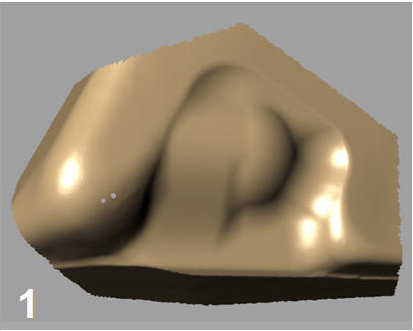
| 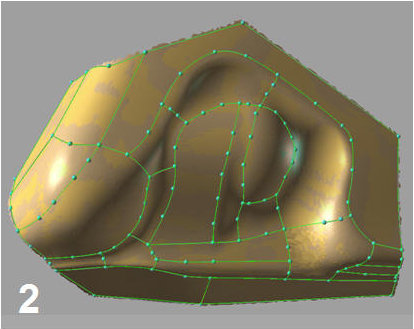
| 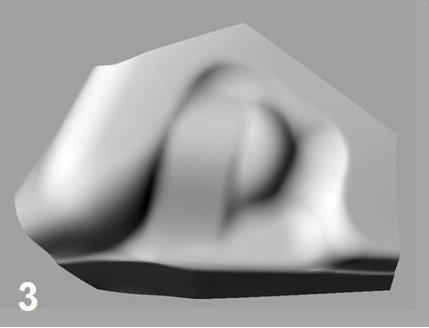
|
| STL Data | Sketched Boundary Curves | Resulting NURBS Faces |
New Algorithms


| 
| 
|
| STL Data | Sketched Boundary Curves | Resulting NURBS Faces |
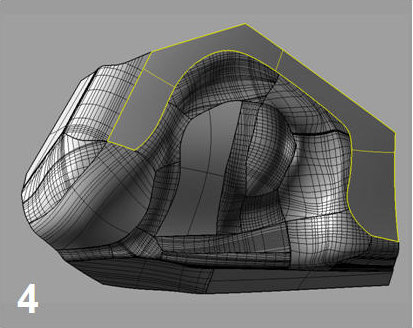
| 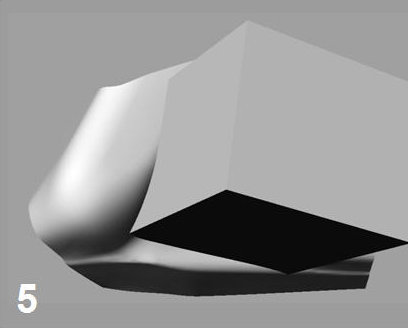
| 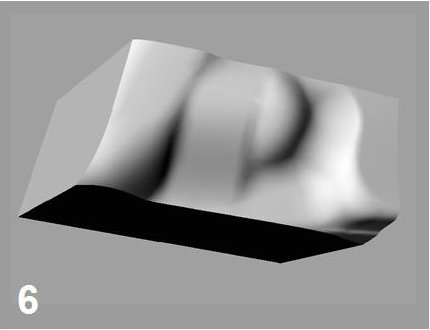
|
| Joined Surface model | Before Boolean Operation | After Boolean Operation |
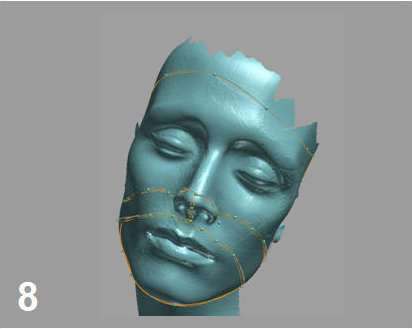
| 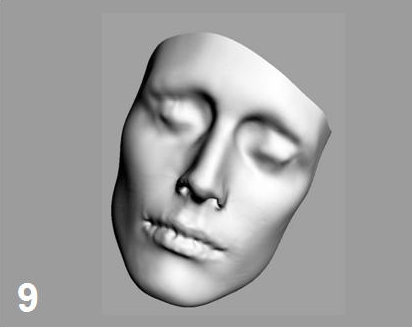
|
| Sketched Boundary Curves | Resulting NURBS Faces |
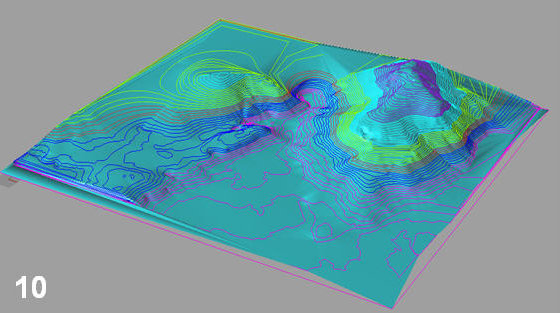
| 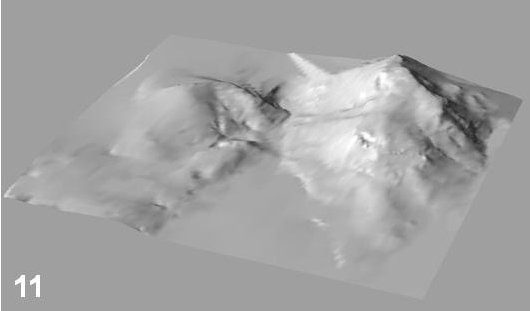
|
| Relief - STL and Contour Lines | Resulting SPLINE Face |
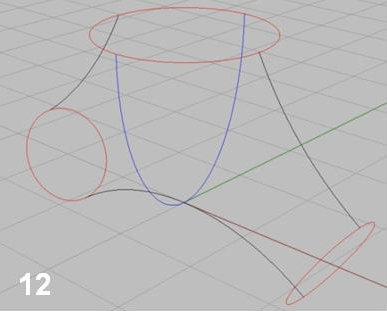
| 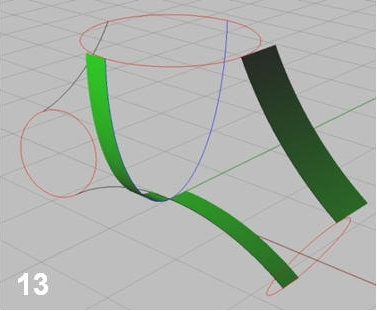
| 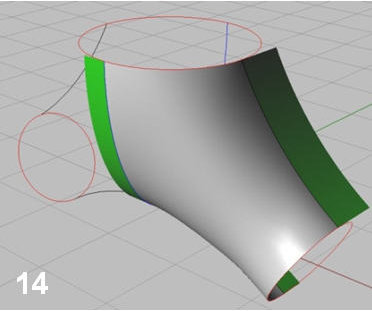
|
| Wireframe Model | Symmetry Support | RRPatch: Resulting Face |
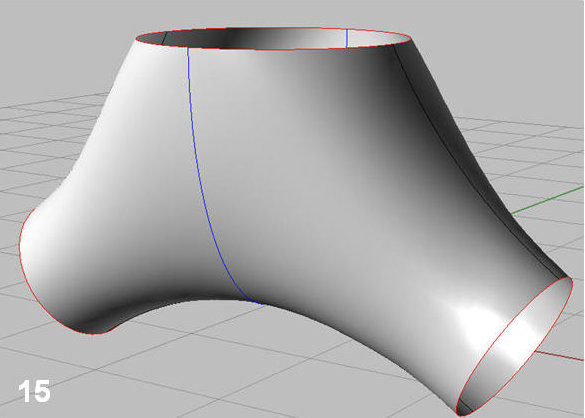
| 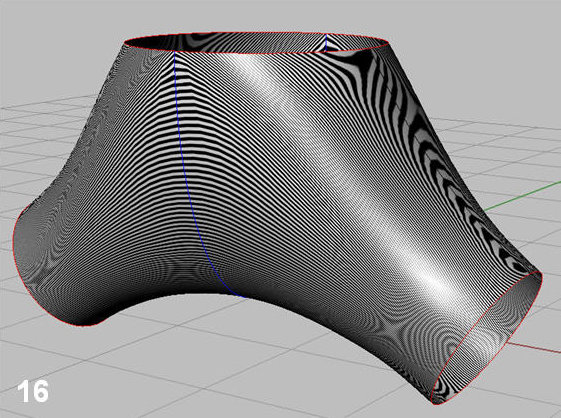
|
| Double Mirrored Face, Joined | Zebra Plot |